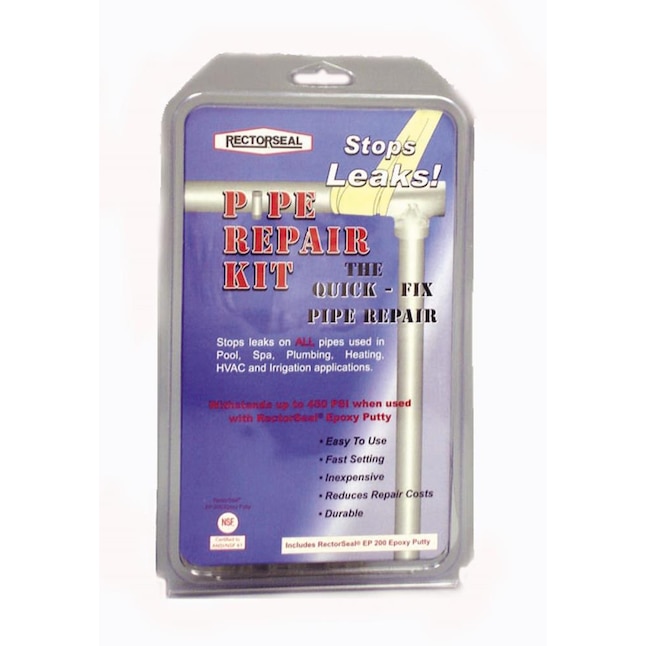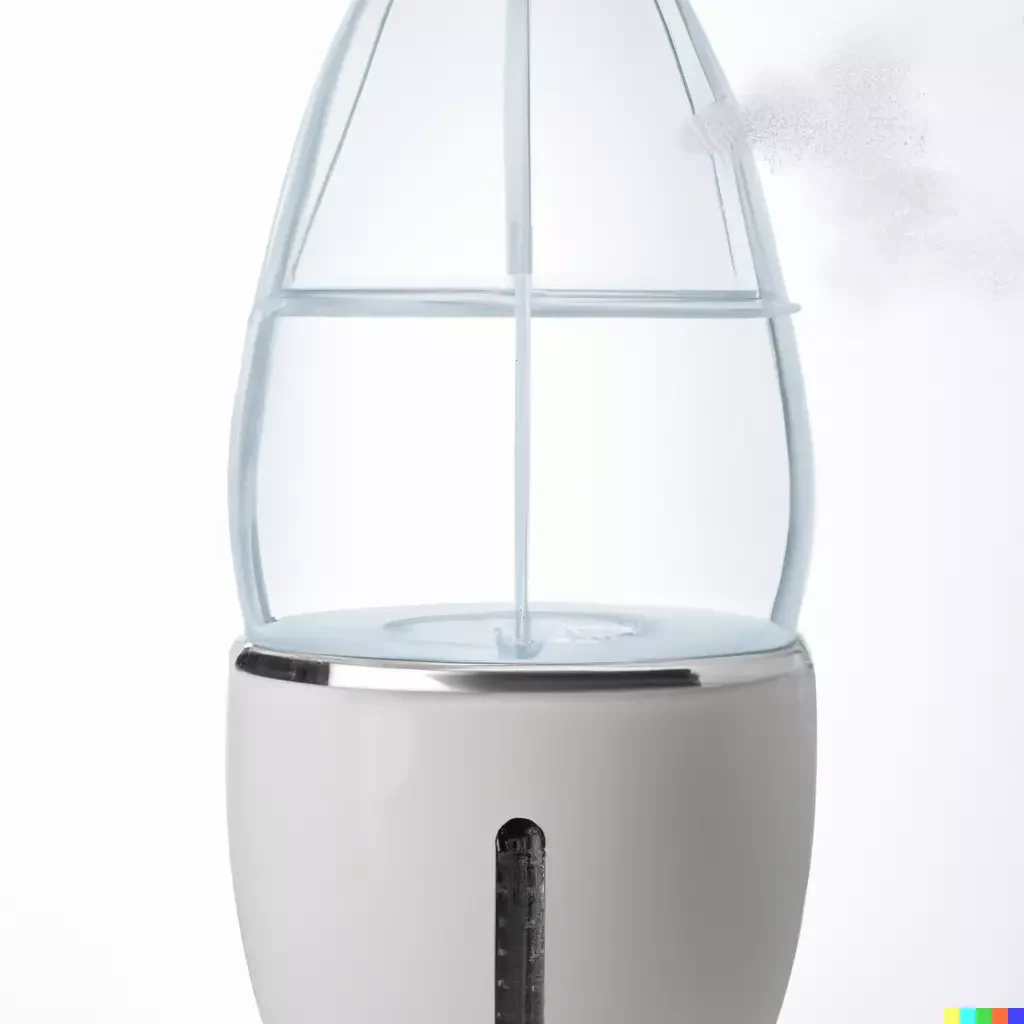A furnace humidifier leaking usually indicates a problem with the water valve or a clogged filter. Immediate attention can prevent further damage and maintain indoor air quality.
Experiencing a leak from your furnace humidifier is not only inconvenient but can also pose risks to your furnace’s performance and your home’s comfort levels. Leaky furnace humidifiers often result from malfunctioning components or poor maintenance. Regular inspections and timely replacements of filters are essential to ensure that your humidifier functions efficiently.
Dealing with a leaking humidifier quickly can save homeowners from costly repairs and help sustain a healthy, humidity-controlled environment. Many users may not be aware of the potential complications a leak can cause, such as water damage and mold growth. Hence, understanding the common causes and solutions for a furnace humidifier leak is crucial for maintaining a functional system and a comfortable home space.
Identifying Leak Origins
Discovering a leak in your furnace humidifier can quickly escalate from a minor nuisance to a major issue if not addressed promptly. Uncovering the source is crucial for a swift resolution. These indicators will guide you to pinpoint the exact area of concern, ensuring a targeted approach to repair and maintenance.
Visual Signs Of Water Around The Furnace
The most immediate indication of a leak is the presence of water around your furnace. This water could originate from the humidifier and signal a breach in the system. Inspect these areas for clues:
- Wet spots: Puddles or damp areas on the floor.
- Water marks: Discolorations or stains on the surrounding walls or the furnace itself.
- Rust: Rust formation on the furnace body or adjoining pipes could be a long-term result of leakage.
Traces Of Mineral Buildup
Overtime, mineral deposits can accumulate in and around your humidifier, which, if overlooked, can compromise the integrity of the system and lead to leaks. Search for these signs:
- White or greenish residue visible on the humidifier’s parts or plumbing.
- Scale formation on heating elements or water pans.
Such buildup not only signals existing leakage but can also obstruct water flow, potentially causing additional damage to the system.
Listening For Dripping Sounds
Don’t underestimate your hearing when it comes to identifying a humidifier leak. Occasionally, the leak might be too small to leave visible traces but large enough to produce a sound. Follow these steps:
| Step | Action |
|---|---|
| 1 | Reduce ambient noise in the area around the furnace. |
| 2 | Listen closely for any dripping or trickling sounds coming from the humidifier. |
| 3 | In case of ambiguous noises, use a stethoscope to amplify the sounds from the humidifier components. |
Identifying subtle dripping sounds can be the key to catching a leak early and preventing extensive water damage to your furnace and property.
Inspect Humidifier Components
Discovering your furnace humidifier is leaking can seem daunting, but you can troubleshoot the problem by inspecting its components. Proper inspection can not only prevent water damage but also ensure your humidifier functions efficiently. Here’s how to systematically check for issues and address them to keep your indoor air comfortable and protect your equipment from damage.
Checking the water supply lineChecking The Water Supply Line
The water supply line is vital for your humidifier’s operation. A breach or blockage in the line could cause leaks. Follow these steps to inspect it:
- Turn off the water supply to the furnace humidifier.
- Locate the supply line – it’s typically a copper or plastic tube.
- Look for signs of wear and tear such as cracks, kinks, or corrosion.
- Ensure connections are secure and check for leaks at joints.
- If damage is detected, replace the faulty section or the entire line.
Examining The Humidifier Solenoid Valve
The solenoid valve controls water flow into the humidifier. A malfunctioning valve may cause leakage. To inspect:
- Ensure the power to the humidifier is switched off.
- Locate the solenoid valve, typically mounted on or near the humidifier.
- Visually inspect the valve for signs of corrosion or damage.
- Check for mineral deposits which can impede valve operation.
- Test the valve’s electrical coil with a multimeter for continuity.
- If the valve is defective, replacement is necessary.
Assessing The Condition Of Filters And Pads
Filters and pads within your humidifier play a key role in water absorption and evaporation. Over time, they can become clogged or deteriorate, leading to leaks. To assess them:
| Component | Inspection Method | Recommended Action |
|---|---|---|
| Humidifier Filter | Check for buildup of minerals and debris. | Clean or replace if excessively dirty or damaged. |
| Water Panel Pads | Examine for wear, warping, and discoloration. | Replace annually or as needed to maintain efficiency. |
Regular maintenance of these components not only prevents leaks but also ensures your humidifier operates at peak performance.
Furnace Humidifier Leaking? Quick Fixes
Dealing with a leaking furnace humidifier can be both frustrating and concerning, as it often hints at potential water damage and decreased efficiency in your home’s heating system. Yet, there’s no need to panic. Many times, the fixes are straightforward and can be handled without immediate professional intervention. Let’s dive into the common culprits of leaks and discover how to get your system back to optimal performance with some quick DIY solutions.
Tightening Loose Connections
One of the first areas to check when your furnace humidifier starts leaking is the connections. Over time, vibrations from the furnace can loosen fittings and hoses. Take a moment to:
- Inspect all hoses and pipes for signs of slippage or dampness.
- Use an adjustable wrench to gently tighten any loose connections.
- Check for immediate improvements in leaking after tightening.
Remember to turn off the power to your HVAC system before attempting any repairs for safety.
Replacing Worn-out Valves
Valves regulate the flow of water into your humidifier and, over time, can wear out or break, leading to leaks. To address this issue:
- Locate the shutoff valve and turn off the water supply.
- Dismantle the humidifier cover and evaluate the valve’s condition.
- If signs of wear or damage are evident, purchase a replacement valve that matches your humidifier’s model.
- Install the new valve, ensuring a snug fit to prevent future leaks.
Clearing Clogged Filters
Clogged filters can cause water to back up and leak out of the system. Here’s a simple approach to clear any blockage:
| Step | Action |
|---|---|
| 1. | Power off your humidifier and open the unit. |
| 2. | Remove the filter and assess it for debris or mineral buildup. |
| 3. | Clean or replace it if cleaning is not enough or if it’s visibly damaged. Use a manufacturer-recommended filter for optimal performance. |
| 4. | Reassemble the unit and restore power to test functionality. |
By tackling these common issues with a thoughtful approach, restoring your furnace humidifier to its leak-free state is possible. For persistent or recurring leaks, consult a professional technician to ensure your unit is functioning safely and efficiently.
Regular Cleaning And Care
Regular cleaning and care of your furnace humidifier can not only extend the life of the unit but also prevent inconvenient leaks. Ignoring maintenance tasks such as filter changes or mineral deposit removal can lead to a host of issues, including poor air quality and system inefficiency. By adhering to a maintenance schedule and taking preventative measures, homeowners can ensure that their humidifier operates smoothly throughout the heating season.
Schedule For Filter Changes
Regular filter changes are crucial for the efficiency and longevity of your furnace humidifier. Over time, filters can become clogged with dust and debris, impeding airflow and causing the humidifier to work harder than necessary. This not only increases energy costs but can also lead to leaks as the unit strains against the build-up.
- Check the filter monthly: Inspect the filter every month during peak usage.
- Replace as needed: Depending on the model, replace the filter every 1-3 months or according to the manufacturer’s recommendations.
- Set reminders: Keep track of filter changes by marking them on a calendar or setting reminders on your phone.
Tips To Prevent Mineral Deposits
Mineral deposits can cause significant damage to your humidifier over time, which is why preventing their accumulation is essential. Hard water is a common culprit, leaving behind minerals that can clog your humidifier’s components.
| Action | Benefit |
|---|---|
| Use demineralization cartridges or filters | They trap minerals before they cause build-up |
| Clean the tank regularly | Prevents mineral crust from forming |
| Consider a water softener | Reduces the likelihood of mineral deposit build-up from hard water |
Additionally, white vinegar can be used during the cleaning process to dissolve mineral deposits that have already formed.
Importance Of Routine Inspections
Routine inspections are key to discovering small problems before they turn into larger, more expensive issues. It’s easier to fix a minor leak or replace a part during an inspection than to deal with a complete system failure in the dead of winter. A seasoned HVAC technician can spot trouble areas you might overlook, such as worn hoses or cracked drain pans.
- Annual inspections: Have a professional check your humidifier annually, preferably before the heating season begins.
- Visual checks: Homeowners can perform visual inspections. Look for signs of leaks or unusual noises.
- Seal and ductwork assessment: Ensure all connections are tight and ductwork is clear of obstructions.
Embrace these practices to help your furnace humidifier perform efficiently, maintain optimal humidity levels, and prevent the inconvenience of leaks or costly repairs.
Spotting Complex Issues
Leaking furnace humidifiers pose more than just an annoyance; they can signal underlying problems that compromise the efficiency and safety of your home heating system. Although some leaks are straightforward and easily resolved, other cases indicate more complex issues. Understanding what to investigate beyond the obvious can be the key to safeguarding your home from potential harm and costly repairs.
Electrical Faults In The Humidifier
Furnace humidifiers rely on a seamless blend of water and electricity to maintain optimal humidity levels. However, leaks are often a symptom of electrical malfunction within the unit. Identifying signs of rust or corrosion around electrical components or experiencing inconsistent performance from the humidifier can suggest more severe problems with the circuitry. Consistent leakage, especially around the electrical parts of the humidifier, should be addressed immediately to prevent short-circuiting or further damage to the unit.
Structural Damage To The Furnace System
A humidifier leak may be a distress signal from your furnace system itself. Cracks or wear in the furnace can create escape routes for water, leading to persistent dampness or puddles. While inspecting, be vigilant for signs of structural damage such as:
- Warping or discoloration in the furnace materials
- Unusual noises when the furnace is active
- Deteriorating seals or joints in the furnace structure
Structural integrity is critical; therefore, any visible damage should prompt a professional review to prevent further leakage and protect the longevity of the system.
Persistent Leaks After Troubleshooting
Even after basic troubleshooting, such as checking and cleaning filters or ensuring proper alignment of components, a leaking humidifier can be a sign of a more stubborn issue. This could stem from a faulty installation, aged parts, or maladjusted settings that require a finer touch. If leaks persist, compile a brief history of the problem, including steps taken and observations noted, to furnish to a seasoned technician. Precision in diagnosis and rectification can save time, money, and prevent property damage.
Understanding the potential complexities behind a leaking humidifier lets homeowners take informed action. From electrical glitches to cracks in the foundation of your heating infrastructure, each problem requires a unique approach to prevent exacerbation. Engage with a trusted HVAC professional to navigate these waters safely. Look out for these telltale signs and remember, addressing an issue early could mean the difference between a simple fix and an expensive replacement.

Credit: www.lowes.com
Frequently Asked Questions For Furnace Humidifier Leaking
Why Is My Furnace Humidifier Leaking?
There are several common causes for a furnace humidifier leaking. These include clogged filters, a faulty solenoid valve, poor installation, or a cracked water reservoir. Regular maintenance is key to prevent leaks.
How Do I Fix A Leaking Furnace Humidifier?
To fix a leaking furnace humidifier, first identify the source of the leak. Once located, you can replace the faulty component, such as a valve or filter. Always ensure power is off before attempting repairs. For complex issues, contact a professional.
What Are The Signs Of A Faulty Furnace Humidifier?
Signs of a faulty furnace humidifier include unexpected water pooling around the unit, increased humidity levels in the home, odd noises during operation, or reduced effectiveness in air moisture control. It’s best to inspect the unit if these signs occur.
Can A Leaking Furnace Humidifier Cause Damage?
Yes, a leaking furnace humidifier can cause water damage to your furnace or surrounding areas. Prolonged leaks can lead to mold growth and potentially damage the structure of your home. It’s important to address leaks promptly to avoid extensive damage.
Conclusion
Tackling a leaking furnace humidifier can be daunting, yet it’s crucial for maintaining a comfortable home environment. Regular maintenance and prompt repairs prevent water damage and ensure efficient operation. Remember, identifying the leak source swiftly is the key to a quick fix.
Keep your humidifier in top shape to enjoy warm, moist air all winter long.





